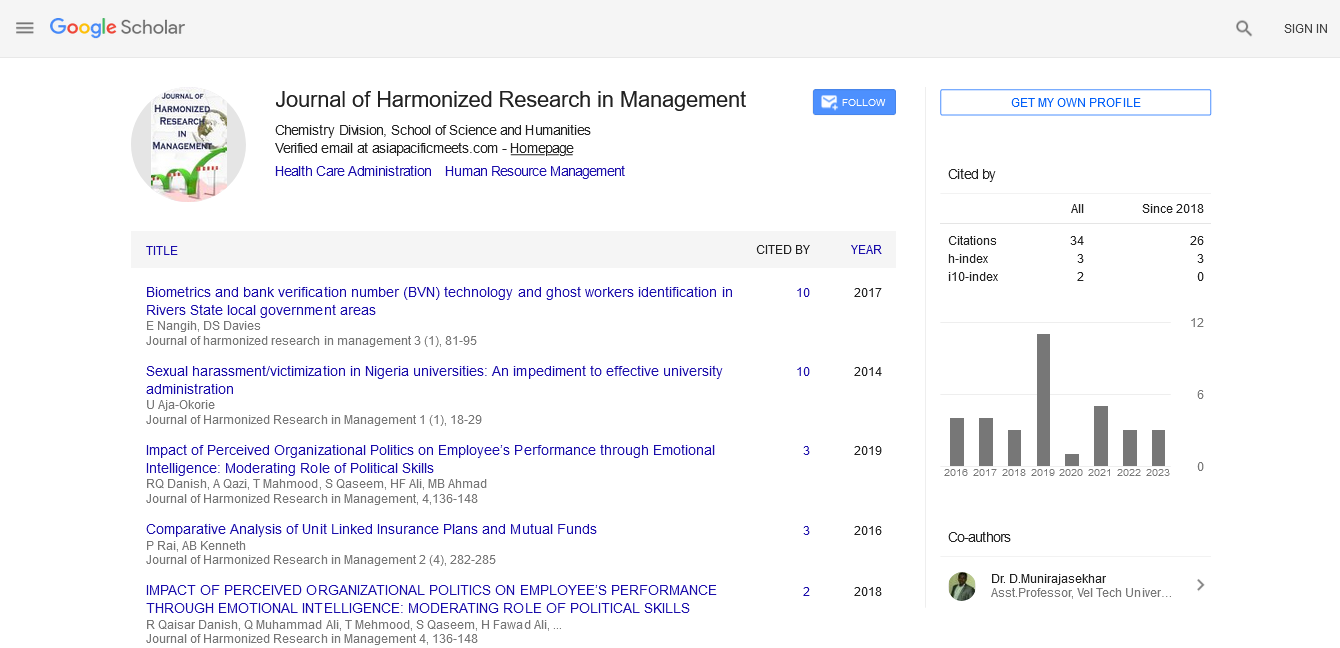Opinion - (2022) Volume 8, Issue 1
ADVANCES AND PROSPECTS OF URBAN PLANNING
George Muller*Received: Mar 02, 2022, Manuscript No. JHRM-22-62998; Editor assigned: Mar 07, 2022, Pre QC No. JHRM-22-62998 (PQ); Reviewed: Mar 21, 2022, QC No. JHRM-22-62998; Revised: Mar 28, 2022, Manuscript No. JHRM-22-62998 (R); Published: Apr 07, 2022, DOI: 10.30876/2454-5384.22.08.125
Description
Urban planning, also known as regional planning. Rural planning, is a technical and political process focusing on development and design of land use such as urban, water, and integrated infrastructure. Technologies such as transportation, communication, distribution networks and their availability are the key aspects of technology. City planning traditionally followed the top-down approach in the urban villages’ physical layout master planning. The main concern was the public happiness, including the effects of the environment, hygiene, protection, and master plans to environmental and economic activities. Over time, urban planning focuses on social and environmental floors as planning to concentrate peoples’ health and happiness to maintain sustainability standards. Since the effects of adverse efficiency and the environment of the previous plan model have been clarified, sustainable development has been added in the late 20th century. Similarly, at the beginning of the 21st century, Jane Jacob’s copyright is effectively affected by city planning, emphasizing the benefits of companies and communities, and while maintaining the experience and needs. It is a political perspective for affecting the answer of the city planning asking people who live, play, urban, suburbs, and how to develop ordinary developments in rural areas. While most settlements and municipalities are interested in planning, urban planners are also responsible for planning products, resources, people, and waste efficient transportation and distribution of basic needs such as water and electricity. A sense of inclusion and opportunity for all kinds, culture, and needs. Economic growth and business development CO2 emissions, reductions and improvement of health and conservation areas of natural environment documents actively contributing to legacy structure, construction and environment protection. As the question changes, city planning is a dynamic field. These changes are constantly planning methods, zone codes, and guidelines that make it highly technical, political, social, economic and ecological fields. Urban planning is an interdisciplinary field that includes civil engineering, architecture, human geography, and political science, social sciences, and design sciences. City planning practitioners are engaged in research and analysis, strategic thinking, engineering architecture, city planning, public consultation, policy recommendations, implementation and management. This is closely related to the field of urban planning, with some urban planners creating streets, parks, buildings, and other urban designs. Urban planners work with civil engineering, landscaping, architecture and government related areas to achieve strategic, political and sustainable goals. Early urban planners were often members of these relevant disciplines, but urban planning is now an independent and independent discipline. The area of urban planning is a broader category, including various subfields such as land use planning, zoning, economic development, environmental planning, and transportation planning. Creating a plan requires a complete understanding of the criminal law and the planning zoning ordinance. Another important aspect of urban planning is that the scope of urban development projects includes large master plans for vacant lots and Greenfield projects, as well as minor interventions and refurbishments of existing structures, buildings and public spaces.
Pierre Charles L’Enfan in Washington, DC, Daniel Burnham in Chicago, Georges Haussmann in Paris planned the city from scratch, and Robert Moses and Le Corbusier refurbished and transformed the city and neighbourhood to meet the vision of city planning. There is evidence of urban planning and planned cities dating back to the civilizations of Mesopotamia, Industhal, Minoan, and Egypt in the third Millennium BC.
Archaeologists examining the ruins of cities in these areas find cobblestone streets arranged at right angles in a grid pattern. The planned urban ideas have evolved as various civilizations have adopted them. Since the 8th century BC, Greek city-states have mainly focused on orthogonal (or grid-like) planning. Inspired by the Greeks, the ancient Romans also used orthogonal schemes for their cities. The city planning of the Roman world was developed for military defence and the public good. The spread of the Roman Empire subsequently spread the idea of city planning. When the Roman Empire collapsed, these ideas slowly disappeared. However, many European cities still stuck to the planned city centre of Rome. European cities from the 9th to the 14th centuries often grew organically and sometimes chaotically. But over the centuries that followed, with the advent of the Renaissance, many new cities were expanded by newly planned expansions.
Since the 15th century, much more has been said about city planning and stakeholders. In this period, theoretical treatises on architecture and urban planning start to appear in which theoretical questions around planning the main lines, ensuring plans meet the needs of the given population and so forth are addressed and designs of towns and cities are described and depicted. During the Enlightenment period, several European rulers ambitiously attempted to redesign capital cities. During the Second French Empire, Baron Georges Eugène Haussmann, under the direction of Napoleon III, redesigned the city of Paris into a more modern capital, with long, straight, wide boulevards. Planning and architecture experienced a paradigm shift at the turn of the 20th century. The industrial city of the 19th century grew at a tremendous rate. The poor urban life of the working poor has attracted more and more public attention. The laissez-faire style of the economy, which was prevalent in most of the Victorian era, began to give way to new liberalism advocating intervention by the poor and disadvantaged. Around 1900, theorists began developing urban planning models to mitigate the impact of the industrial era by providing a healthier environment for citizens, especially factory workers.

Google Scholar citation report
Citations : 92
Journal of Harmonized Research in Management received 92 citations as per google scholar report









